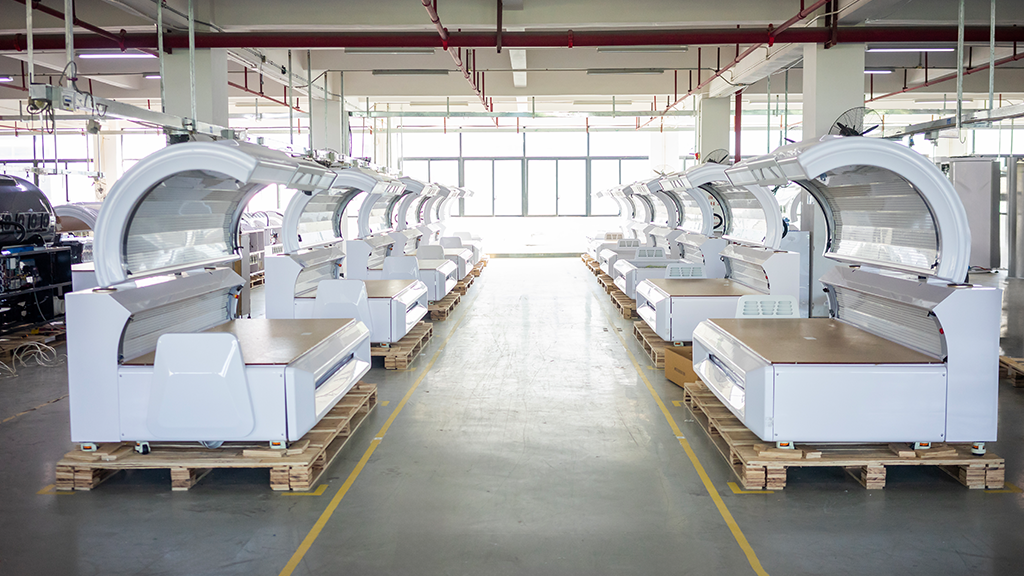Tanning beds do not contain vitamin D, but they can stimulate your body to produce it—with major caveats.
Here’s what you need to know:
How Vitamin D Is Produced
-
Vitamin D is made in your skin when it’s exposed to UVB radiation from sunlight.
-
Some tanning beds emit UVB, but most primarily emit UVA, which does not help with vitamin D production and causes more skin aging and cancer risk.
Problems with Using Tanning Beds for Vitamin D
-
Unreliable UVB Output
-
Most modern tanning beds are designed for cosmetic tanning and emit mostly UVA, so they produce little or no vitamin D.
-
-
High Health Risks
-
Tanning beds increase your risk of skin cancer, including deadly melanoma.
-
Even brief exposure to tanning beds can damage skin DNA.
-
-
Better Sources Exist
-
Supplements and dietary sources (like fatty fish, fortified milk, or eggs) are safer and more effective.
-
Just 10–15 minutes of sun exposure a few times a week (depending on your skin type and location) can provide adequate vitamin D.
-

